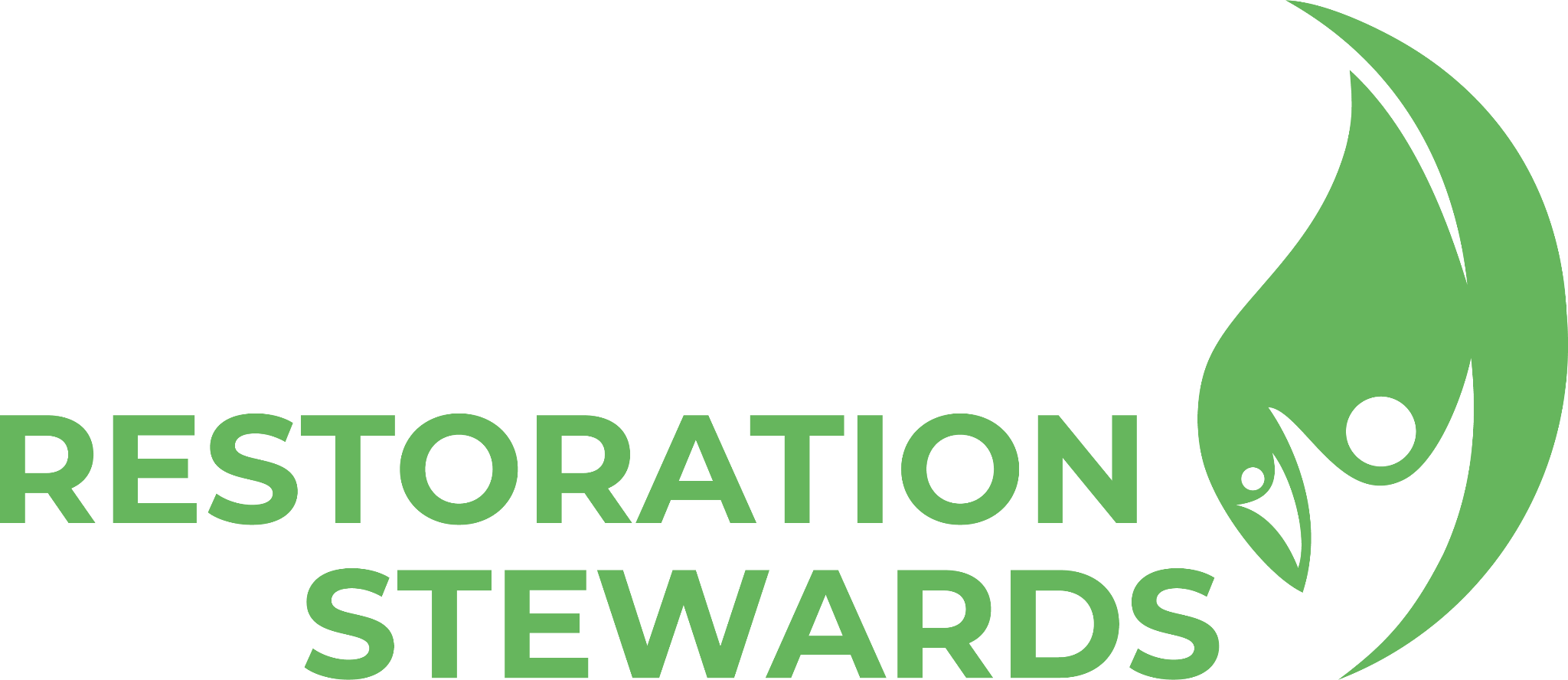How my peat restoration journey started
Growing up, I was someone who preferred reading over exploring the nature around me. But when I was in high school in Bogor, Indonesia, there were a lot of activities that exposed me to the area’s rivers, waterfalls, tea fields and forest areas. After that, I pursued a biology major in university, where I learned more about ecology and biodiversity through classes and study groups.
Through my interest in amphibians, I began to visit various places around the country, and I was particularly bewitched by the island of Borneo. Its lush, sprawling forests overflowing with flora and fauna beckoned me to one day return and further explore its biodiversity. It came true while I embarked on a community service trip back to the island to conduct a sea turtle and amphibian survey. I remember how exciting it was to learn from the locals about their relationship with the forest, staying up all night patrolling on the shore to dig sea turtle eggs, and hiking through the forest to find amphibians.
It was eye-opening and addicting, the interactions with nature and the tranquility I felt at that time. Since then, I was determined to work in the forest, and decided to pursue a career in the environmental sector to show people the beauty of nature and the challenges it faces.

In 2019, while I was working with the gibbons, a forest fire broke out due to the long dry season causing the dry peatlands to be vulnerable to fire. The fire then spread to several areas and created a lot of smoke that covered the forest and nearest town. All activities in the project area stopped because of the hazardous smoke. The gibbons that usually sung in the morning are now barely heard in the forest.
The project then sent a team to help with the firefighting effort done by the government, local community, BNF and other NGOs. At that time, I joined the team out of curiosity.

When I reached the fire, it finally dawned on me how dangerous this was. The location was scorching hot, not because of the sun, but from the fire. Ashes were everywhere, people were covered in soot and I could see the smoke and fire burning through ferns and on the peat.
Peat fires are dangerous not only because of the smoke and above ground fire but also because they can burn unseen underground. Because of the structure of peat, when it dries, it becomes a pile of flammable material, allowing fire to spread underground and resurface far away from the source.
The team, who face the fires almost annually, taught me how to put it out, to pay attention to the source of the smoke even when there is no fire, and to watch where I step because there could be fire underneath.

At that time, I had an epiphany: I’d been too comfortable with what I am doing, and I want to do more. I wanted to do more for the peat ecosystem that I love, the ecosystem that has provided for me for the past two years, the ecosystem that taught me a lot. Hence, the need for me to restore the degraded peatlands in Kalimantan.
To sum up, I started my restoration journey by learning more about the peatland ecosystem and restoration projects and volunteering on mangrove and coral restoration projects, working with the community and learning about project management for a year. In late 2021, my friends Yun Pratiwi, Dwi Riyan and I started Himba Raya Indonesia (HIRAI) in Central Borneo to assist with peatland restoration, back where I started. Yun Pratiwi is an ecotourism business owner (@centralborneoguide), and Dwi Riyan is currently pursuing a master’s degree at Universitas Gadjah Mada.
I remember how devastating it felt when I visited degraded peatlands, which are so different from the peat swamp forest I used to work in. There is barely anything, just a sea of ferns and dry peat. The work is so different from what I was used to. I used to work in a healthy forest observing biodiversity. Now, I work in a barren forest and the effort is related more to the community. But as a scientist, I am doing what I know best, studying best practices in restoration, communicating with peat restoration researchers and conducting our pilot tree planting project to understand the character of the area.
It has been almost a year, the journey has been challenging and when we got support from the Global Landscapes Forum as the 2022 peatlands Restoration Steward, I was elated. Finally, we can do more, involve more people and support more community members in their restoration efforts.

I am still in the process of learning, and nothing is perfect now, but I am sure we can do more by collaborating with other organizations and ultimately achieve our goal: Assisting peatland restoration by supporting the local community in Central Kalimantan.

